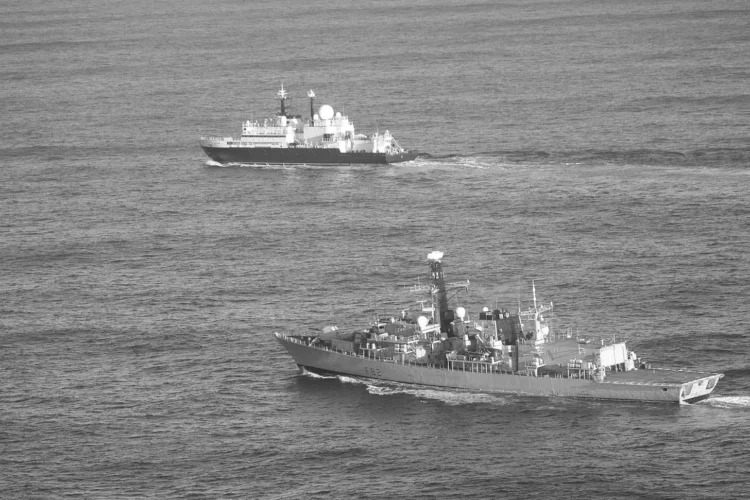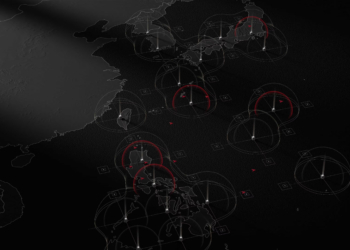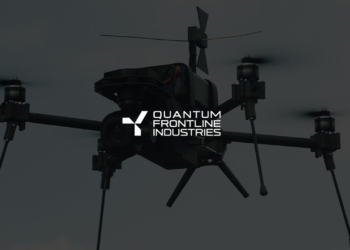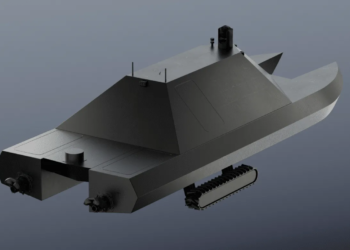Subsea cables — and the communications and technology that they enable — are an unsung but very essential part of the infrastructure that keeps a country up and running. So in times of geopolitical turmoil, keeping them secure becomes a growing priority. But it’s not so everywhere, it seems.
A report published today by a government body in the UK concludes that the country is not doing enough to protect that infrastructure for itself. It needs to “raise its gaze” when it comes to cables laid down deep under water.
The report, authored by MPs and Peers on the UK’s Joint Committee on the National Security Strategy after gathering evidence from academics, military and security personnel, financial services experts, telecoms experts and more, found that the UK has been “too timid” when it comes to protecting its subsea cable infrastructure. As such, it has become a strategic vulnerability.
“For many years the UK’s internet connection has been based on assumptions about international stability and commercial efficiency,” the report notes. “As the geopolitical outlook worsens, now is a good time to take stock of our security and resilience arrangements.”
The report calls for the country to adopt a series of new measures to improve how it responds to subsea cable issues and attacks in the future; and to deter and penalise those who might cause damage.
Responses include building skilled teams to repair cables; acquiring a cable repair ship by 2030; and building out contingency plans for the hundreds of critical services across a range of sectors — including financial, military, technology and telecommunications — that rely on subsea cables working.
Deterrents include improving monitoring schemes; more data sharing between law enforcement agencies nationally and internationally; legal sanctions; and what it terms “direct physical interdiction and prosecution of suspicious vessels and crew.” (The last of these judiciously, given this too could lead to escalating engagement.)
Today, there are about 570 subsea cables globally, most of them run by private companies that provide services to classic telecoms carriers through to major tech companies like Google and Meta. Collectively, they carry between 95% and 99% of the world’s long-haul telecoms data.
The UK, being an island, is especially reliant on functioning subsea cables for its communications infrastructure. So why is the defence of these assets not getting more attention?
The answer, it seems, lies in the fact that most of the threat up to now has been in the abstract.
“Severe disruption risks are low, and hype is unhelpful,” the authors of the report note. “Extensive damage is not likely outside a period of heightened tension.”
That has been shifting, however. In January 2025, the Royal Navy reported tracking a Russian spy ship, the Yantar, in UK waters, including loitering over critical undersea infrastructure (pictured above).
“My message to President Putin is clear. We know what you are doing, and we will not shy away from robust action to protect Britain,” Defence Secretary John Healy said in January. The UK worked closely with NATO on tracking the ship, and that appears to be a template that the UK would continue to pursue.
As with a lot of reports issued by government committees, this one is focused more on learnings and recommendations and less on execution and mandates. But across more than 70 pages, it provides a wide survey of the current issues facing the defence profile for subsea cables. For example, monitoring, even at its best, has a lot of flaws to it due to inconsistency in how boats are tracked (and how easily they can hide).
It also does not touch the topic of how to improve defence. That is something that a lot of defence tech companies are pursuing with the development of nautical drones and other AI-based hardware.
It’s still a strong start for an area that has been undervalued, despite the billions of dollars in value that these subsea cables represent.
“Undersea cables are the invisible backbone of the internet. Everything from everyday WhatsApp messages to financial transactions worth billions of dollars are carried through this network,” Matt Western, Chair of the Joint Committee on the National Security Strategy, said in a statement on the report. “The scale of the UK’s strategic reliance needs to be taken more seriously.”












